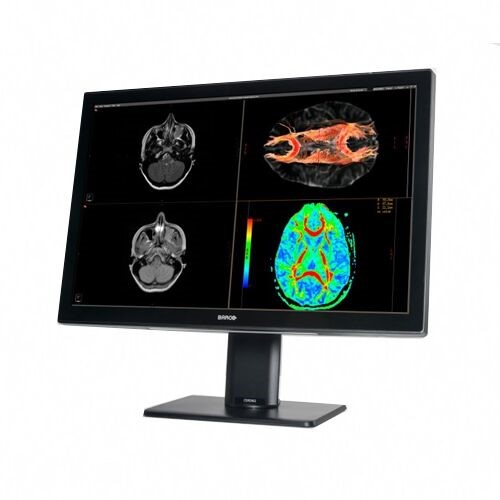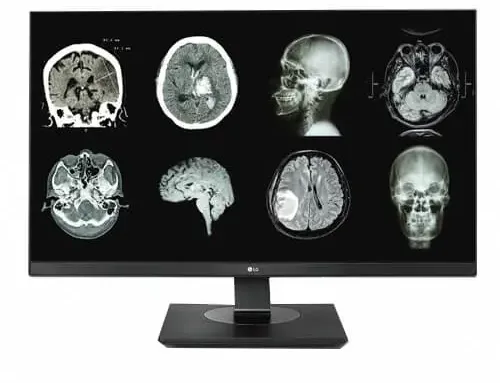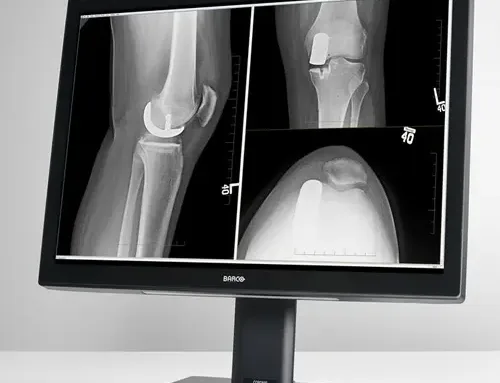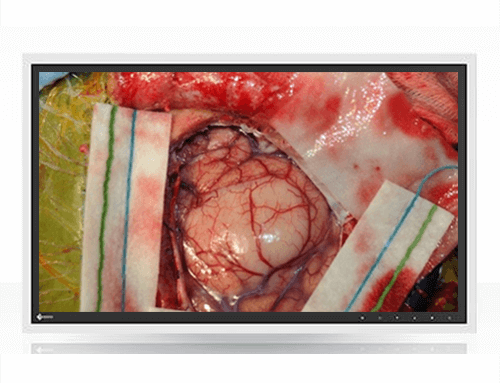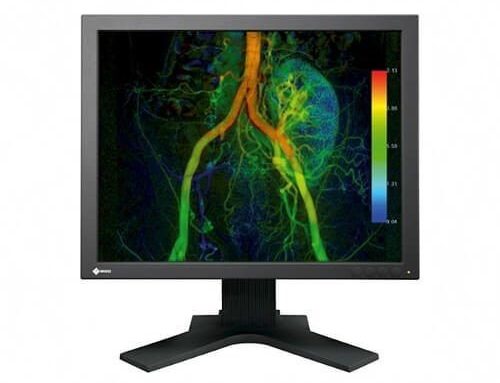When upgrading your imaging desk, selecting the right monitor is crucial. Barco medical monitors are renowned for their high performance and reliability in medical settings. However, before making a purchase, there are several factors you should consider to ensure you’re investing in the best equipment for your needs. Here’s what you need to know about Barco medical monitors.
Understanding Barco Medical Monitors
Barco is a leading name in medical imaging technology. It is known for producing high-quality monitors designed for precise diagnostic work and offering a range of features tailored to healthcare environments.
-
Know Your Requirements
Before purchasing a Barco medical monitor, you must understand your specific needs. Consider the following:
- Resolution: High resolution is essential for detailed imaging. Based on the types of imaging tasks you perform, determine whether you need a monitor with 2K, 4K, or higher resolution.
- Screen Size: Larger screens can offer more detailed views, but ensure the size fits your workspace and workflow. Check if the monitor’s dimensions align with your imaging desk setup.
-
Evaluate Image Quality
One of the main reasons for choosing a Barco medical monitor is its superior image quality. Here’s what to look for:
- Brightness and Contrast: High brightness and contrast ratios ensure clear and precise images. These features are crucial for tasks like reading X-rays and MRIs, where detail is paramount.
- Color Accuracy: Accurate color reproduction helps diagnose conditions based on color variations. Ensure the Barco monitor you choose delivers true-to-life colors.
-
Calibration and Compliance
Medical monitors need regular calibration to maintain image accuracy. Barco monitors are known for their advanced calibration capabilities.
- Built-In Calibration: Many Barco medical monitors have built-in calibration tools that make it easier to keep their settings accurate and consistent.
- Regulatory Compliance: Verify that the monitor meets medical imaging standards and regulations. This compliance ensures the monitor is suitable for clinical use and provides reliable results.
-
Connectivity and Integration
Consider how the monitor will fit into your existing imaging setup. Compatibility and connectivity are key factors:
- Inputs and Outputs: Check the connections available on the Barco monitor, such as DVI, HDMI, or DisplayPort. Ensure these match the equipment you use.
- Integration with Systems: The monitor should seamlessly integrate with your imaging software and hardware. Barco monitors are designed to work well with various systems but double-check compatibility to avoid issues.
-
Ergonomics and Usability
Comfort and usability are important, especially if the monitor will be used for long periods:
- Adjustable Stands: Look for monitors with adjustable stands that allow you to adjust the height, tilt, and rotation of the monitor. This flexibility helps position the monitor for optimal viewing.
- Anti-Glare Features: Anti-glare screens reduce reflections and eye strain, making viewing images in various lighting conditions easier.
-
Reliability and Support
Investing in a Barco medical monitor means you are also investing in long-term reliability and support:
- Durability: Barco monitors are built to withstand the demands of medical environments. Check for features that enhance durability, such as robust build quality and resistance to wear.
- Warranty and Service: Ensure the monitor has a comprehensive warranty and reliable customer support. This support is crucial for addressing any issues that arise after purchase.
-
Budget Considerations
Finally, consider your budget while keeping in mind the value Barco medical monitors bring to your practice:
- Cost vs. Features: Balance the cost with the features you need. Higher-end models may offer more advanced features, but ensure these align with your requirements.
- Long-Term Investment: Remember that investing in a high-quality Barco medical monitor can improve diagnostic accuracy and efficiency, potentially saving costs in the long run.
Conclusion
Purchasing a Barco medical monitor for your imaging desk is a significant decision that can impact your diagnostic capabilities. You can make an informed choice that enhances your practice by considering your specific needs, evaluating image quality, ensuring calibration and compliance, and understanding connectivity and usability.
At Hiliex, we are dedicated to helping you find the right medical imaging equipment to fit your needs. Whether you want to upgrade or replace your current monitors, our team can provide expert advice and tailored solutions.

